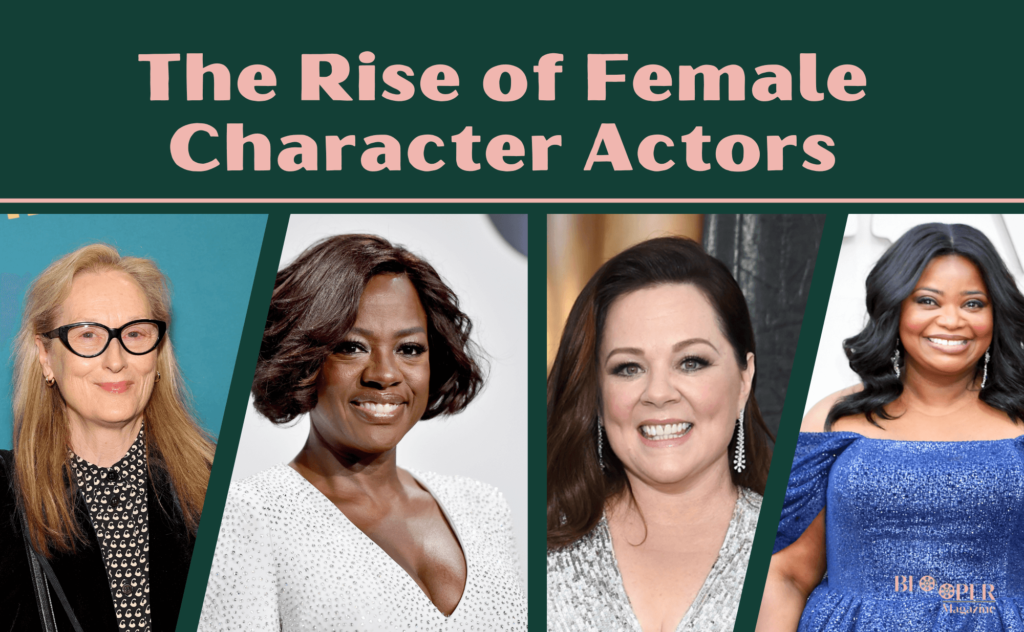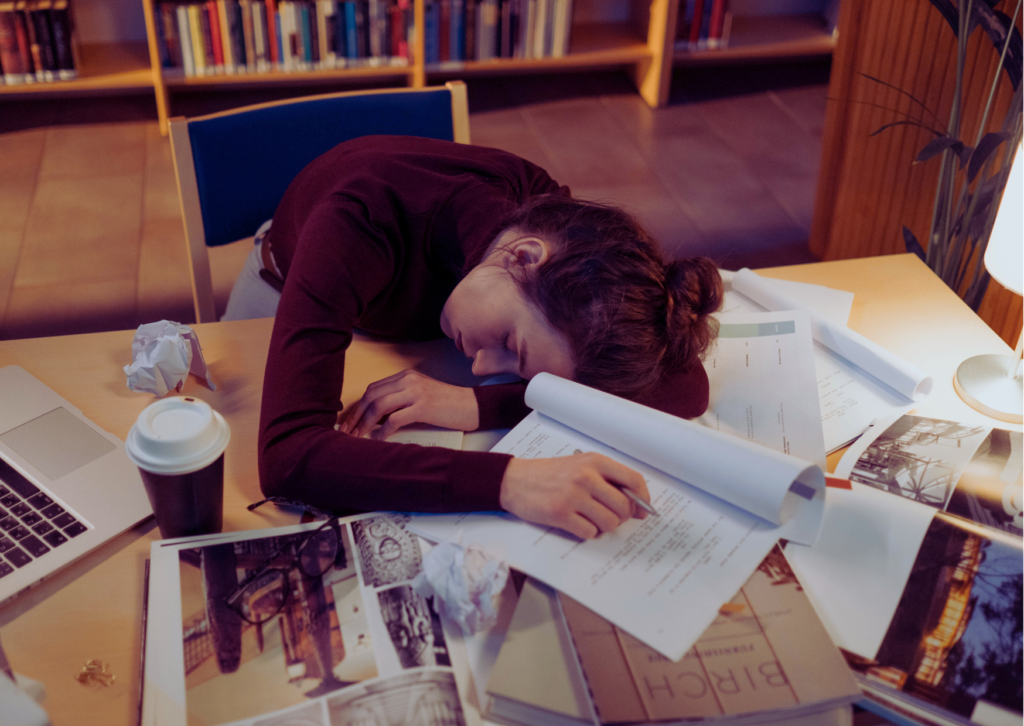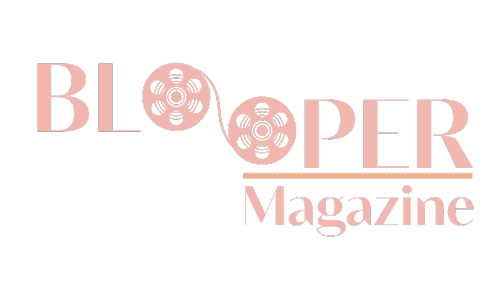First of all, let’s be clear that you absolutely do not need to be “pretty” to be an actress. Good looks have been determined by a complex history in Hollywood and film industries around the world. The most important thing for an actress to be is authentic.
What truly matters for an actress is her talent and the ability to immerse herself in a character convincingly. Throughout history, the film industry has imposed rigid and often discriminatory beauty standards on female actors. These standards are often driven by profit considerations of production companies.
In recent times, many actresses have transitioned into directing and producing. Their aim is to create multifaceted characters that mirror the diverse and authentic beauty of real-life women.
In this guide, we’ll delve into the history of these biases and stereotypes that still persist today. However, we’ll also explore how the industry is evolving and how female actors can remain true to themselves and their craft. It’s crucial for actors to recognize their unique beauty and self-worth.
Table of Contents
Do looks matter in acting?
An actor’s appearance should ideally only be significant when it directly relates to the character they’re portraying. Acting requires embodying a character visually. For example, it’s problematic and unethical for an actor of one race to portray a character of another race, regardless of their acting skills.
Unfortunately, the entertainment industry hasn’t always adhered to this principle. There are numerous instances where actors were cast without regard for the character’s physical description. Sometimes, conventional attractiveness has taken precedence over an authentic portrayal.
A prominent example of this issue was Emma Stone’s casting as Allison Ng in the movie “Aloha,” a role originally intended for a character of Hawaiian and Asian descent. director Cameron Crowe and casting director Francine Maisler were criticized for “whitewashing” and not providing opportunities for many actors from underrepresented minorities.
Outside of these selective cases where appearance aligns with the role, looks should not matter in casting. Concerns about not being an “attractive person” often stem from the film industry’s narrow beauty standards.
Theatrical vs Screen
In theater especially, small flaws or variations from perfection do not matter. Unlike the unforgiving gaze of HD film and television. The stage’s distance obscures minor imperfections. Theater values acting caliber over appearance. Sweat and smeared makeup go unnoticed. Theater relies more on exaggeration and emotional expressiveness.
Film and television actors may appear flawless due to lighting, makeup, and editing. But this does not mean actors themselves require model-like perfection. Aspiring actors should not internalize unrealistic beauty notions as requirements for success. Authentic acting skills can override appearance.
Unfair Biases Against Actresses Who Don’t Fit the “Look”
Actresses who don’t fit the narrow beauty standards often face bias in casting. Unlike their male counterparts, female actors are subjected to stringent beauty standards that can overshadow their talent. Acting ability should be the primary consideration in casting diverse actresses.
Weight Discrimination
Actresses in Hollywood are under immense pressure to maintain slim, toned physiques. The ideal of extreme thinness persists, leading to scrutiny of their bodies and even minor fluctuations in weight. Tabloids have long fixated on weight gain or imperfections, perpetuating poor body image.
Aspiring actresses sometimes resort to extreme measures to conform to these expectations. Established actresses may fear losing roles if they don’t conform to these standards.
Some courageous figures like Jameela Jamil have called out tabloids for their harmful body-shaming coverage.
Plus-sized actresses are often typecast into limited, one-dimensional roles, such as the funny sidekick, with few opportunities for complex or leading roles.
This societal bias is not only limited to the film industry. Many across the fitness, fashion and entertainment industries are pushing for more representation. It is a huge push in every day lives to change the mindset that curves are bad.
Ageism
Ageism poses significant career obstacles for actresses in Hollywood. Women over 40 can face fewer substantive roles than their male peers, who work steadily well into old age. Actresses encounter ageist typecasting, limited to motherly or supporting roles as they mature. Few remain viable as protagonists or romantic leads.
Rather than celebrating experience, aging is viewed as diminishing an actress’ value. Fighting wrinkles and gray hair becomes essential to compete in an industry fixated on youth and beauty. Exceptional talent fails to protect actresses from age cut-offs.
Furthermore, there are many examples of actresses cast in a lead role with a significantly older male actor:
- Wolf Of Wall Street – Margot Robbie was 23 years old and Leonardo DiCaprio was 39.
- Silver Linings Playbook – Jennifer Lawrence was 22 years old and Bradley Cooper was 37.
- Poison Ivy – Drew Barrymore was 17 years old and Tom Skerrit was 57.
- Get Smart – Anne Hathaway was 25 years old and Steve Carell was 45.
Male actors can age, yet, female actors seem to have a time limit to be cast in a leading role opposite them. At Blooper, we think every age deserves to be seen in film and tv storytelling. Read our guide on what is a good age to start acting.
How Beauty Standards Have Changed Over Time
It can be said that beauty standards have undergone dramatic shifts in line with social norms.
In classic 1930s-1950s cinema, actresses aimed to for elegance. With porcelain skin, rosy lips and gentle curves to achieve glamor.
As youth culture rose in the 60s and 70s, a fresh, girlish sensuality defined beauty.
The 80s and 90s had an emphasis on fitness, with toned, athletic physiques rising to the forefront. Breast implants also grew in popularity during this era.
The early 2000s brought heroin chic and size zero bodies into vogue. This trend sparked an alarming rate of eating disorders.
Today, expectations remain complex. With both remaining pressures of fitness and aspirational shifts toward more diversity.
The Influence of Feminism and Body Positivity
The feminist movement and the call for body positivity have gradually expanded the definition of beauty. After decades of societal pressure, many actresses have courageously spoken out against these narrow standards. Beyond the on-screen realm, women are advocating for more inclusive and diverse representations behind the scenes.
Historically, behind-the-camera roles have been dominated by men. Data reveals that in 1913, women comprised a mere 3% of production crews, a number that climbed to 33% by 2017. The underrepresentation of female creative voices correlates with the lack of authentic female portrayals on screen.
Some actresses have boldly rejected cosmetic procedures, once considered prerequisites for success. Simultaneously, there’s a growing movement to challenge the use of Photoshop and airbrushing in advertisements. This broader call for gender equality and empowerment is reshaping the way actresses are depicted on screen. Consequently, we’re witnessing the emergence of more complex and authentic female characters.
While there’s still much ground to cover, feminism has ignited vital discussions aimed at dismantling double standards within the film industry and fostering a more inclusive and equitable environment for women.
The Rise of Character Actors
In recent decades, character roles have gained prominence in film and television. These roles prioritize exceptional acting skills over traditional leading lady looks. Character actors, known for their ability to transform and portray a wide range of unique characters, may not conform to conventional Hollywood beauty standards, yet they excel in delivering depth and authenticity.

Notable actresses like:
- Meryl Streep, renowned for her roles as Miranda Priestly in “The Devil Wears Prada” and Margaret Thatcher in “The Iron Lady.”
- Viola Davis, celebrated for her versatile performances, from Aibileen Clark in “The Help” to Annalise Keating in “How to Get Away with Murder.”
- Melissa McCarthy, recognized for her comedic timing and authentic portrayals, such as Megan in “Bridesmaids” and Lee Israel in “Can You Ever Forgive Me?”
- Octavia Spencer, acclaimed for her compelling roles, from Minny Jackson in “The Help” to Dorothy Vaughan in “Hidden Figures.”
Their success underscores that exceptional talent can indeed triumph over industry biases.
New generation of casting directors are recognizing that compelling performances draw audiences more than beauty alone. Unique and interesting faces are redefining roles for character actors who may not fit traditional molds. The stories they tell are more beautiful, compelling and touching because they prioritize the story.
The growing popularity of character actors signals exciting progress for women. Those who have undeniable acting magnetism will be seen for their worth.
Creating your roles
In recent years, actresses have taken it upon themselves to create roles and opportunities. Many have established their own production companies, written original scripts, and funded projects.
Stars like Reese Witherspoon, Viola Davis, and Sandra Bullock have ventured into film production, often featuring complex female protagonists that traditional studios may overlook. Others have produced short films or collaborated with indie filmmakers eager for fresh perspectives.
How to create compelling work for yourself
While you may take paid roles that are less fulfilling along the way, you can stay true to your ultimate acting career vision and stay motivated:
1. Get clear on your why and values
This is an important step for pursuing anything in life if you want to be truly fulfilled. Ask yourself why you got into acting or filmmaking. Get to the heart of your dream so that you are aligned.
For me personally, I realized that my acting career was about making others feel seen through my storytelling. Once I was clear about that, I knew that I would be fulfilled in writing, producing and directing; not just acting.
Next, write down your values. Such as empathy, humor, family, love etc. When you are clear on your values in life, every decision will seem easier to make.
2. Write a list of characters and stories you want to be told
Reflect on the stories that resonate with your personal experiences, beliefs, and values. Authenticity often stems from a personal connection to the material.
3. Partner with like-minded people
There’s the old saying; “it’s not what you know, it’s who you know.” While this is often associated with breaking into the industry, it goes beyond that; it’s about building your creative community.
In the world of entertainment, collaboration is key. Surrounding yourself with like-minded individuals who share your passion and vision can be transformative. Together, you can inspire, challenge, and elevate each other’s work. It’s not just about who you know; it’s about who you create with, learn from, and grow alongside.
4. Start screenwriting
Practicing screenwriting every day can help build confidence to write the realistic female stories that need to be told. As you write, you not only develop your storytelling skills but also contribute to the diverse and compelling female stories in the entertainment industry.
5. Remember to Give Yourself a Break
In the pursuit of your artistic dreams, it’s important to acknowledge that it’s perfectly okay to have other day jobs and side hustles. These experiences enrich your storytelling by providing unique perspectives and life lessons. Embrace them as part of your creative journey and practice mindfulness to stay grounded.
Over my time, I have worked as a sandwich maker, beauty stand assistant, insurance underwriter, dog walker, and marketing assistant, to name a few. I don’t regret a single job as they have helped me meet incredible people who have all influenced the stories I want to tell.

The Beauty of Authenticity: Continuing to Define the Narrative
An actress’s path should be paved with authenticity and self-love. The notion that you must be conventionally “pretty” to succeed as an actress has been firmly debunked.
It’s essential for actresses to prioritize their mental health, embrace their uniqueness, and seek support when needed. By staying true to themselves and their craft, actresses can reshape the narrative and inspire change, ultimately redefining the industry’s standards. In the end, it’s not about being “pretty”; it’s about being real, powerful, and unapologetically you.
